ACS Appl. Mater. Interfaces: Enhance the electromagnetic wave absorption performance of magnetic nanoparticles-anchor 2DTi3C2TxMXene
QQ Academic Group: 1092348845
Detailed
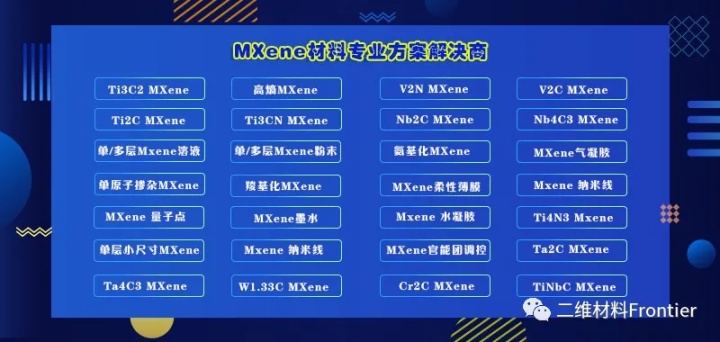

one. Article overview
Two-dimensional Ti3C2Txmxene dynamically anchored magnetic metal nanoparticles has great application potential as an effective wave absorber due to the cooperative electromagnetic (EM) loss effect. In this article, for the first time, uniform and size-controllable nickel, cobalt nanoparticles or nickel-cobalt alloy nanoparticles were grown in situ on the surface of MXene by a simple and gentle co-solvothermal method. For example, MXene (Ni@MXene) composite materials anchored by nickel nanoparticles are dispersed in the dielectric polyvinylidene fluoride to develop its electromagnetic absorbing ability to a large extent. Considering its excellent overall performance, Ni@MXene composite material has been identified as a promising candidate for electromagnetic wave absorption.
Two, graphic guide
Two-dimensional Ti3C2Txmxene dynamically anchored magnetic metal nanoparticles has great application potential as an effective wave absorber due to the cooperative electromagnetic (EM) loss effect. In this article, for the first time, uniform and size-controllable nickel, cobalt nanoparticles or nickel-cobalt alloy nanoparticles were grown in situ on the surface of MXene by a simple and gentle co-solvothermal method. For example, MXene (Ni@MXene) composite materials anchored by nickel nanoparticles are dispersed in the dielectric polyvinylidene fluoride to develop its electromagnetic absorbing ability to a large extent. Considering its excellent overall performance, Ni@MXene composite material has been identified as a promising candidate for electromagnetic wave absorption.
Two, graphic guide
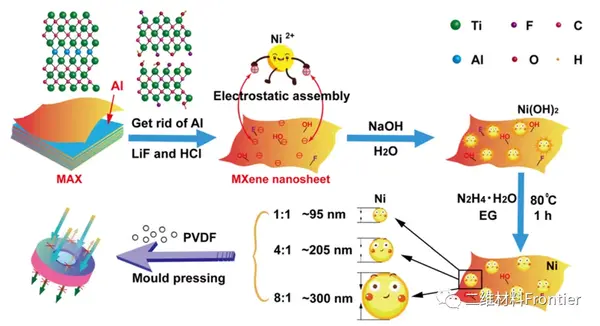
Figure 1. Schematic diagram of the synthesis method and formation mechanism of Ni@MXene.
First, Ti3AlC2 is etched with HF to remove the Al atomic layer, and then it is stripped into a few layers of Ti3C2Tx (MXene) nanosheets by ultrasonic and vibration waves. Secondly, the introduced Ni2+ ions are electrostatically attached to the Ti3C2Tx nanosheets to provide uniform and effective nucleation sites for the grown Ni nanoparticles. Under alkaline conditions, the attached Ni2+ ions are complexed with hydroxide ions to form Ni(OH)2 precursors.
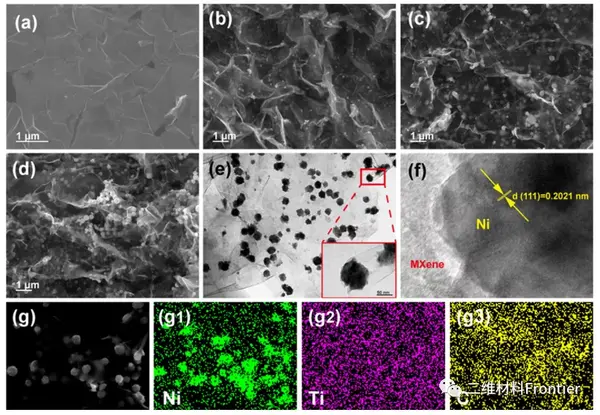
Figure 2. SEM and SEM images of Ti3C2Tx and Ni@MXene in different scales.

Figure 3. TEM image and off-axis electron hologram of Ni@MXene composite material.
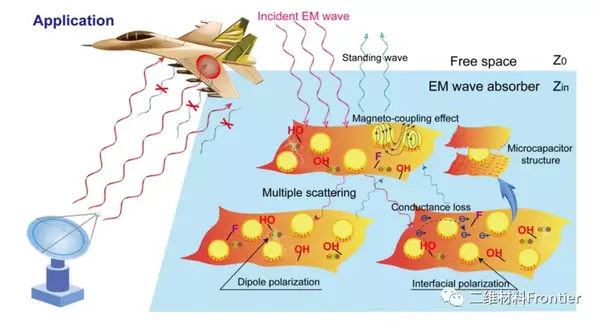
Figure 4. An explanatory diagram of the electromagnetic wave absorption mechanism of Ni@MXene composite materials.
By adjusting the loading ratio of the nickel nanoparticles, hybrids with excellent electromagnetic wave absorption performance can be optimized to balance the balanced impedance matching and loss capabilities of the nanoparticles. Under the influence of alternating electromagnetic, the nanoparticles themselves attenuate electromagnetic energy by causing natural resonance and exchange resonance.
3. Full text summary
In summary, through a simple and gentle co-solvothermal method, a multifunctional Ni@MXene composite composed of uniformly dispersed magnetic Ni nanoparticles and Ti3C2Tx nanosheets was successfully prepared, which can be extended to attach to MXene The synthesis of other magnetic metal nanoparticles, such as Co and NiCo nanoparticles. The author achieved the adjustment of the size and concentration of Ni nanoparticles by adjusting the ratio of Ni ions to Ti3C2TxMXene nanosheets. Combined with the excellent dielectric properties of PVDF, the electromagnetic wave absorbing properties of Ni@MXene composite materials have been developed to a large extent. Ni@MXene composite material is a potential candidate material for electromagnetic wave absorption applications.
Article link:
DOI: 10.1021/acsami.9b18504
DOI: 10.1021/acsami.9b18504


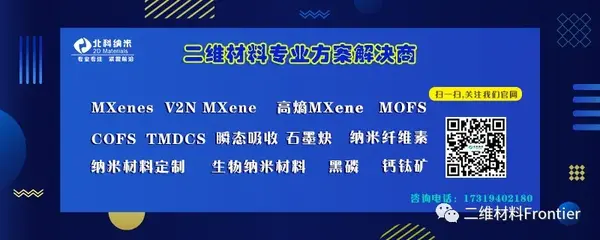
- Previous: Zhang Yunjiao/Wang Wei
- Next: A Rising 2D Star: Nove


 Academic Frontier
Academic Frontier
